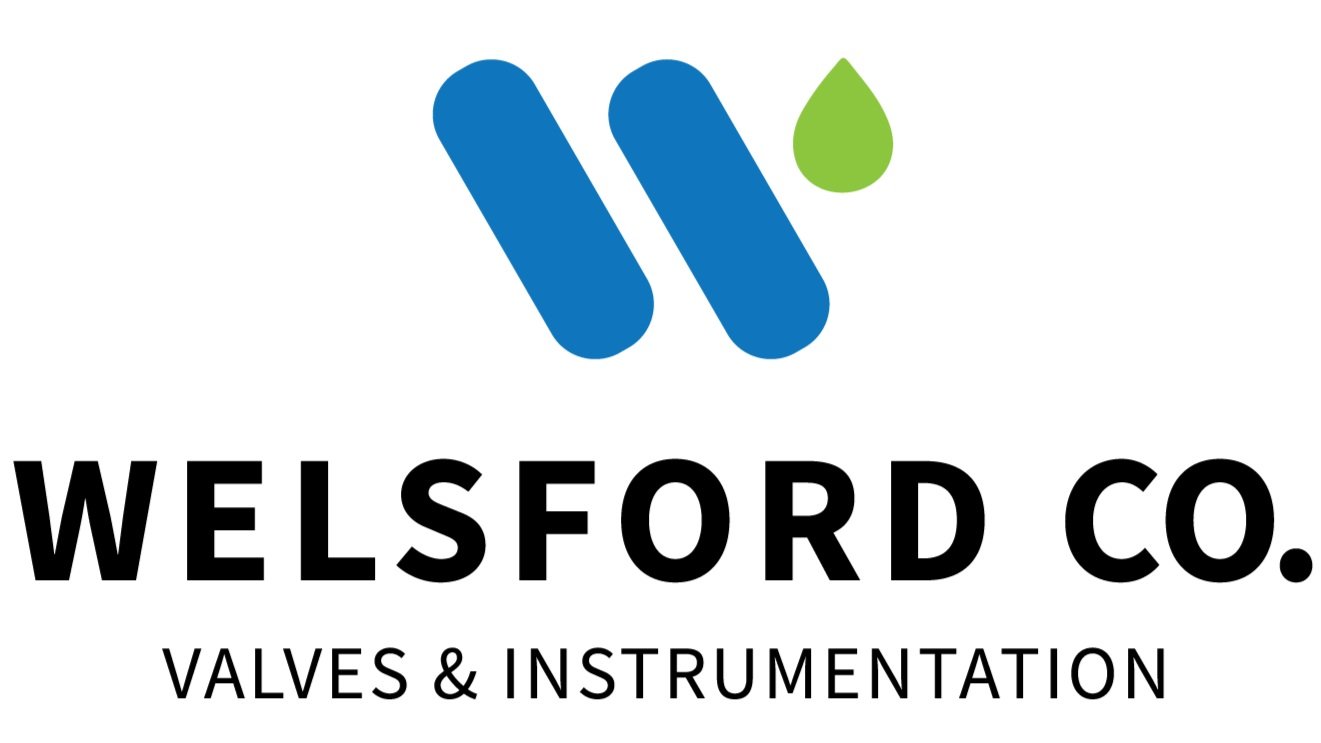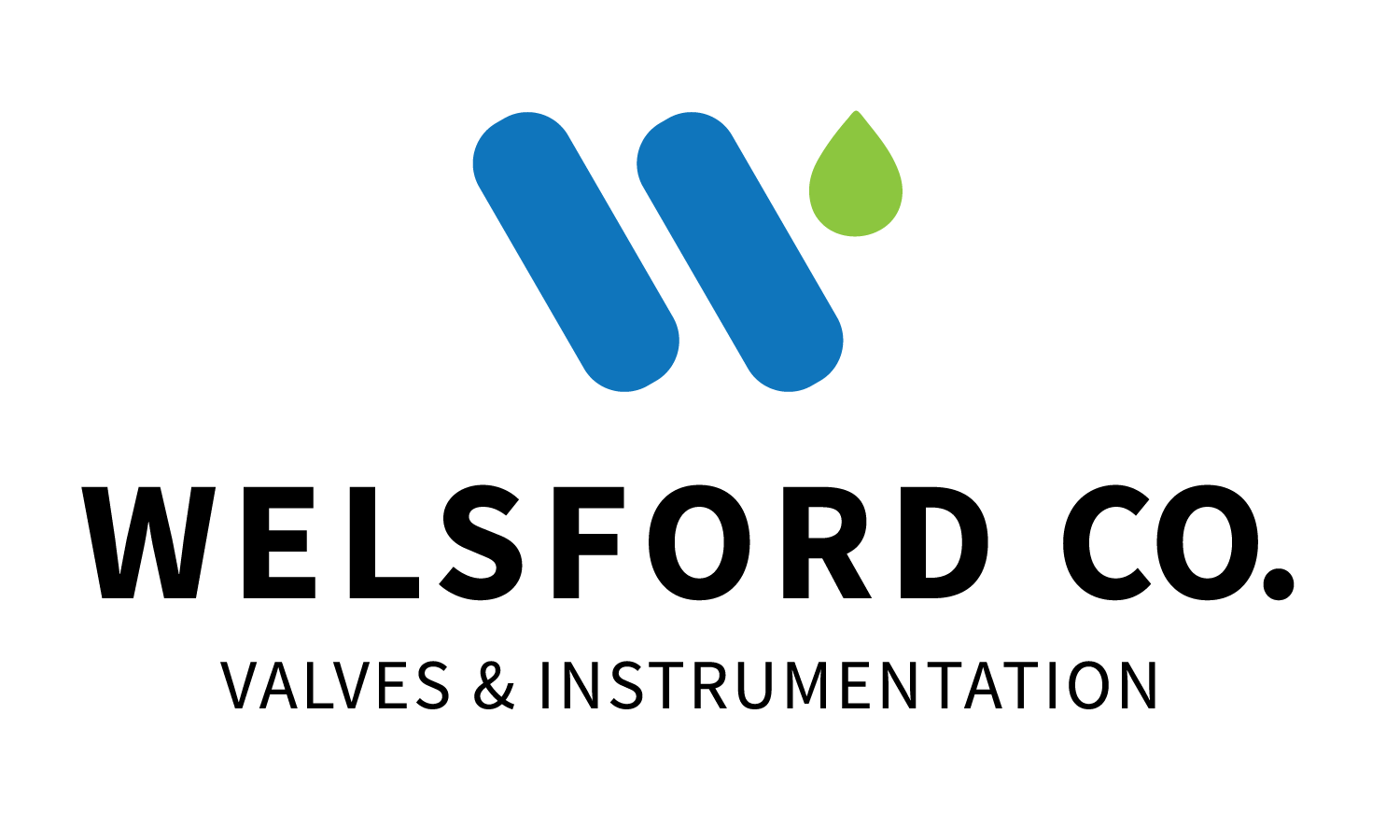Are Stainless Steel Actuators Worth the Cost?
Process automation is a necessity in different industries. The utilization of valves implies that process engineers must select the most suitable actuation devices. The actuator should facilitate seamless valve operation and be compatible with the service media. Actuators undergo corrosion due to the physical and chemical properties of the service media and the prevailing environmental conditions.
Stainless steel actuators are viable, long-term flow automation solutions in the machine shop to regulate the flow of metalworking fluids, compressed air, and industrial waste. These fluids bear different chemical and physical properties which impact valve and actuator performance and durability.
Selecting the correct stainless steel actuators has immense financial benefits. These actuators are durable and designed for heavy-duty industrial automation requirements; they reduce operational downtimes and increase the mean time between failures. Most operations spend significant amounts of money to replace valve actuators that fail after a short time in service. These actuators are either pneumatic, hydraulic or electrical. Each type has unique performance characteristics to suit different industrial applications.
Construction and design
Pneumatic and hydraulic stainless steel actuators are available in different configurations, namely: double-acting actuators and spring-return actuators
Double-acting actuators depend on fluid power to operate. These devices have two ports on both ends of the actuator. Fluids move from one port to another and deliver enough force to open or close the valve. Changing the direction of fluid flow causes the actuator to reverse the operation of the valve. If the valve is in an open position, it changes to a closed position.
Double-acting actuators can provide high torque for large-sized process valves. They are common in oil and gas pipelines and heavy chemical processing plants.
Several double-acting pneumatic valves have a Scotch Yoke system to enable them to convert linear forces into rotational force (torque) to operate quarter-turn valves. Such actuators have a housing that holds the pressure cylinder, pistons, and yoke mechanisms.
The internal components of spring return actuators are machined to a fine finish to reduce friction between the cylinder and the piston. Some manufacturers use self-lubricated strips to further minimize the friction and to eliminate the probability of seal bonding if the actuator remains inactive for too long. The recommended safety factor for double-acting steel actuators is between 20-30% of the actual operating conditions.
Spring-return actuators rely on the mechanical spring force to actuate valves. These actuators also are called single-return actuation devices. The fluid pressure will pull or push the piston in the process; the valve moves from closed to open position, or inversely. Once the fluid force is lost, the spring extends or retracts, changing the position of the actuator’s piston. This causes the valve mechanism to either open or close, depending on its fail safe position.
Spring-return stainless steel actuators are preferred for their excellent safety levels. The mechanical springs will keep the actuator in a fail-safe position, implying that fluid flow remains under control when failures occur. These actuators have a simple construction compared to their double-acting counterparts. When designing spring return, stainless steel actuators, keep the safety factor of the system at approximately 30-50% of the designed operating conditions.
Electric stainless steel actuators are designed following NEMA standards and IP ratings, which define corrosion resistance and water protection standards. These actuators depend on the enclosed stepper or servo motors and geared drive solutions. They are high-performance, low-maintenance actuators that provide reliable valve operation in select applications. The stroke length and thrust capabilities of electric actuators depend on the type and size of the drive mechanisms and motors.
Industrial processes utilize different valve sizes designed following industry-approved standards. Similarly, actuators are designed for compatibility with various valves. Each actuator should be easy to mount on process valves. Manufactured stainless steel actuators should adhere to ISO 5211 mounting standards. The standard recommends suitable flange dimensions for part-turn actuators. It also defines the sizes of the driving components and provides reference torque values for valve interfacing and coupling components.
Some industrial valves are designed following NAMUR interfacing standards. When dealing with such valves, it is critical to choose befitting actuator sizes that conform to NAMUR mounting standards. It ensures the installation process is simple and improves the safety and durability of the valves since the connection methods and operating torques are within the required limits.
Advanced surface treatment
Stainless steel actuators are preferable for their excellent corrosion resistance. The material incorporates alloying elements like chromium or molybdenum to increase corrosion and pitting resistance. These actuators are manufactured using Type 304 and Type 316 Stainless steel. The actuators also can operate in high-temperature and high-pressure conditions. It makes them a good choice for chemical, oil, and gas pipelines.
Although stainless steel actuators are durable, they may fail when used in highly corrosive environments. The actuators are protected from premature failure by additional surface treatment methods, which increases corrosion resistance and surface hardness of actuation components. The actuator should maintain its dimensional tolerances during routine repairs and retain its lubricity throughout its useful life. It is common to find stainless steel actuators coated with zinc or magnesium phosphate and chrome.
However, phosphate-based coatings are porous and are unsuitable for use in hydrogen-rich areas. Other advanced surface coats applicable to stainless steel actuators include vanadium and chromium carbides. These coatings also improve the fatigue resistance of steel components.
Benefits of stainless steel actuators
Stainless steel actuators are vital for corrosive fluid service. The actuator complements the rigorously engineered process valves. The benefits of stainless steel actuators include:
• Remarkable corrosion resistance.
• Minimal maintenance requirements. Therefore, process interruptions are few.
• Pneumatic and hydraulic actuators can deliver sufficient actuation forces to operate large industrial valves.
• Sturdy construction, making them suitable for use in harsh environments.
Stainless steel actuators are costly. However, their performance is exceptional when compared to ordinary industrial actuators. These actuators address challenges associated with corrosive and aggressive fluid service. The sturdy designs make them durable and critical for frequently cycled applications. Overall, the total cost of ownership is cheaper than initial acquisition costs.
Gilbert Welsford Jr is a third-generation valve entrepreneur and the founder of ValveMan.com, an online valve store.

